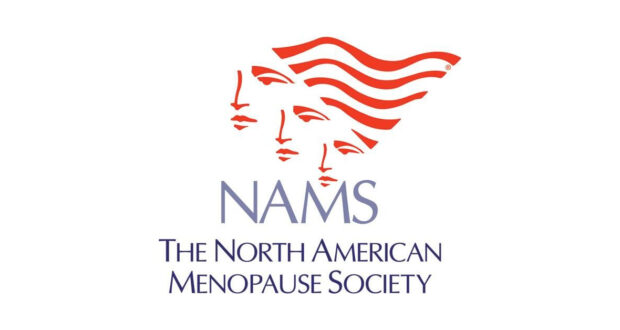By: Red Hot Mamas
Published: June 13, 2023
“Many women cannot or prefer not to take hormone therapy for hot flashes, but they are often unsure of what nonhormone options work and what doesn’t,” says Dr. Chrisandra Shufelt, Lead of the Advisory Panel for the 2023 Nonhormone Therapy Position Statement. “Now, with help from this Position Statement, healthcare professionals can confidently guide women to effective nonhormone therapies and steer them away from inappropriate or ineffective therapies.”
 Chrisandra L Shufelt, MD, MS, FACP, NCMP
Chrisandra L Shufelt, MD, MS, FACP, NCMP
Lead, The 2023 Nonhormone Therapy
Position Statement of The North American
Menopause Society Advisory Panel
The new NAMS Position Statement, which includes CME for NAMS members, was published online today in the Society’s journal, Menopause. The Position Statement is available on the NAMS website, www.menopause.org
The Position Statement was developed by a NAMS Advisory Panel that included expert clinicians and researchers in the field of women’s health to evaluate the scientific literature since the publication of the 2015 Position Statement to develop the recommendations.
Osteoporosis Too Often Misunderstood and Ignored Despite Its Serious Health Consequences
New study suggests that additional education is required to overcome osteoporosis misconceptions and communicate the importance of early diagnosis and treatment.
CLEVELAND, Ohio (June 7, 2023)—Osteoporosis is a degenerative, debilitating bone disease that is increasingly prevalent in postmenopausal women. Despite its being classified as one of the four most dangerous health issues today, a new study demonstrated that many women either misunderstand it or underestimate its potential effects. As a result, the disease often remains undetected and undertreated. Study results are published online today in Menopause, the journal of The North American Menopause Society (NAMS).
In recent years, osteoporosis has become a global public health concern because of its negative effects on quality of life and its proven link with increased mortality and a significant financial burden to society. As a bone disease that develops when bone mineral density and bone mass decrease, it leads to weak and brittle bones that are more vulnerable to fracture.
According to the International Osteoporosis Foundation, one in three women aged older than 50 years will experience fragility fractures, including the most severe, hip fracture. Approximately 24% of these women die within one year of hip fracture, and 40% of the survivors will lose the ability to walk independently.
Women are at greater risk of developing osteoporosis than men, especially as they age, because the hormone changes that happen during menopause directly affect bone density. Despite its growing prevalence because of an aging population and its adverse health effects, a new study out of China found that most women are only familiar with the disease’s name and lack an understanding of the dangers it poses, as well as the importance of early diagnosis and treatment.
In this study of 240 postmenopausal women, the overall prevalence of osteoporosis reached 52.08%. Approximately 60% of the study participants understood a little bit about osteoporosis, whereas nearly 10% had never heard of the disease. Most disturbing was the fact that 65% had not undergone any form of bone mineral density testing, despite the fact that 52.92% of participants had experienced fractures, most of which were attributed to osteoporosis. Most of these women did not undergo treatment because they were unaware that they had the disease. Among the participants, 41.25% stated that they would only accept osteoporosis-related treatment after experiencing adverse events, such as pain.
Among other misconceptions, most of the study participants believed that osteoporosis was less dangerous than heart disease, and 37.92% of the study participants expressed the view that hypertension and diabetes were significantly more dangerous than osteoporosis. The researchers in this latest study theorized that misconceptions like these, as well as a general lack of awareness, are primary reasons why so few women are pursuing osteoporosis testing and treatment. Without effective and early therapies, the number of osteoporotic fractures and the associated economic costs are expected to double by 2035.
The results of this study are published in the article “The prevalence of osteoporosis in postmenopausal women in urban Tianjin, China and its related factors.”
“This study draws attention to the fact that osteoporosis is a global health threat with a significant effect on morbidity and mortality, as well as an enormous socioeconomic burden. From a public health perspective, education is needed to improve awareness of the disease. Clinicians can help postmenopausal women optimize their skeletal health by assessing risk factors for fracture, reducing modifiable risk factors through dietary and lifestyle changes, and using pharmacologic therapy in women at significant risk of osteoporosis or fracture,” says Dr. Stephanie Faubion, NAMS medical director.
For more information about menopause and healthy aging, visit www.menopause.org.
 Red Hot Mamas In Charge of Change.
Red Hot Mamas In Charge of Change.




